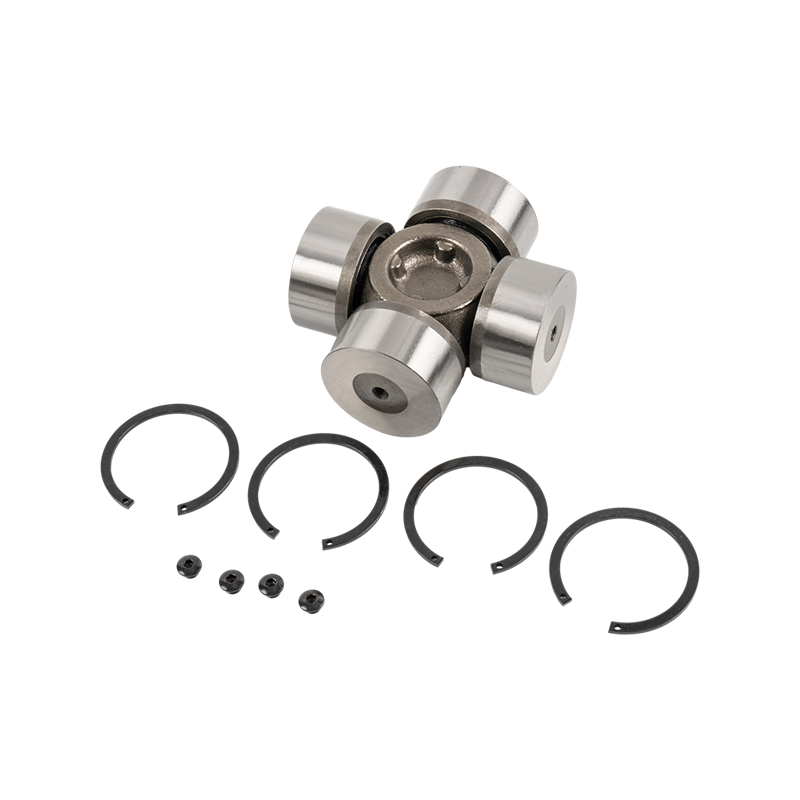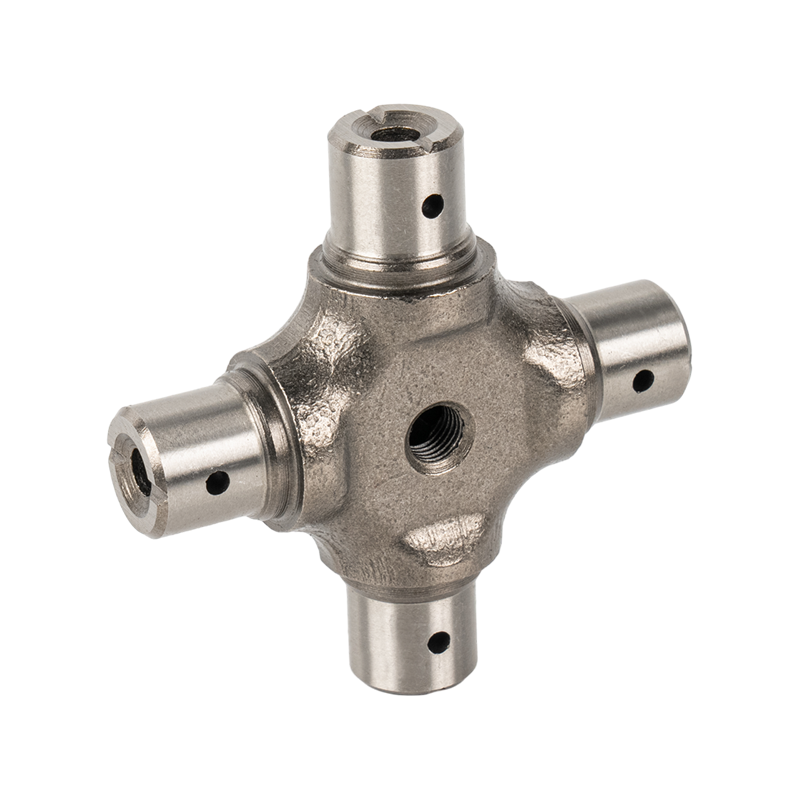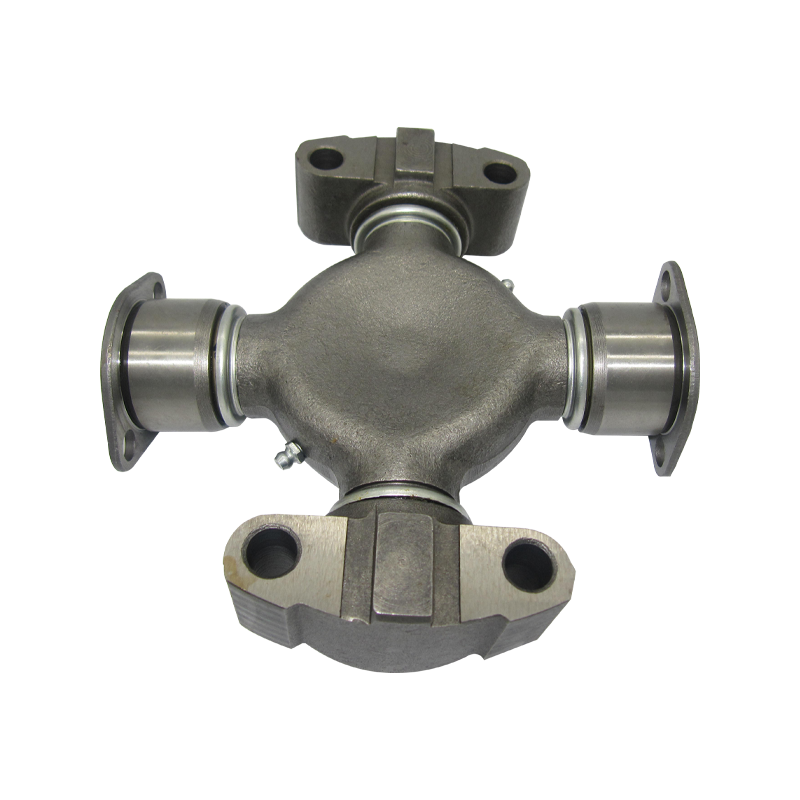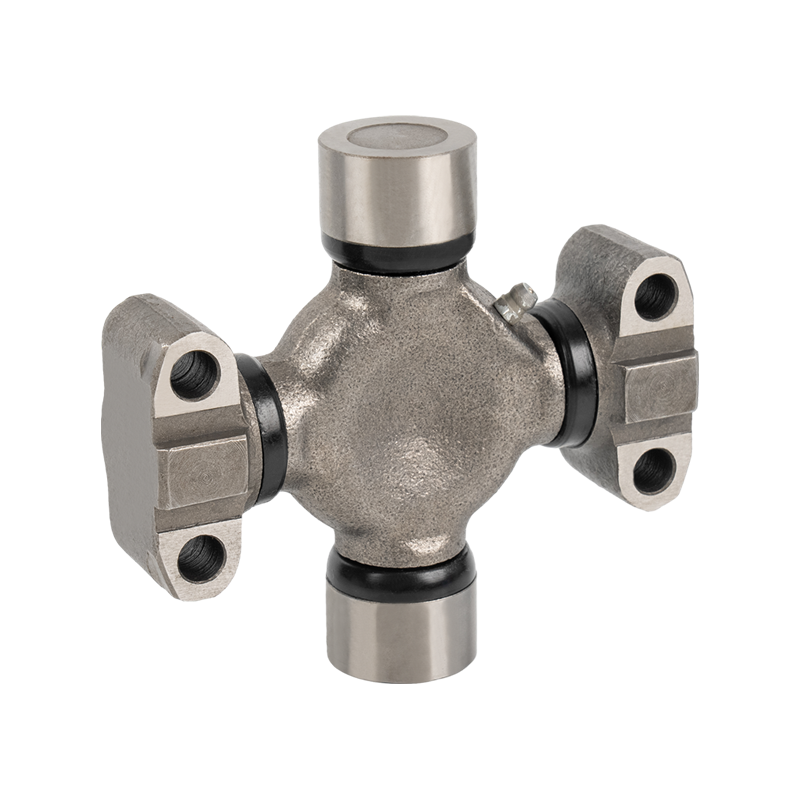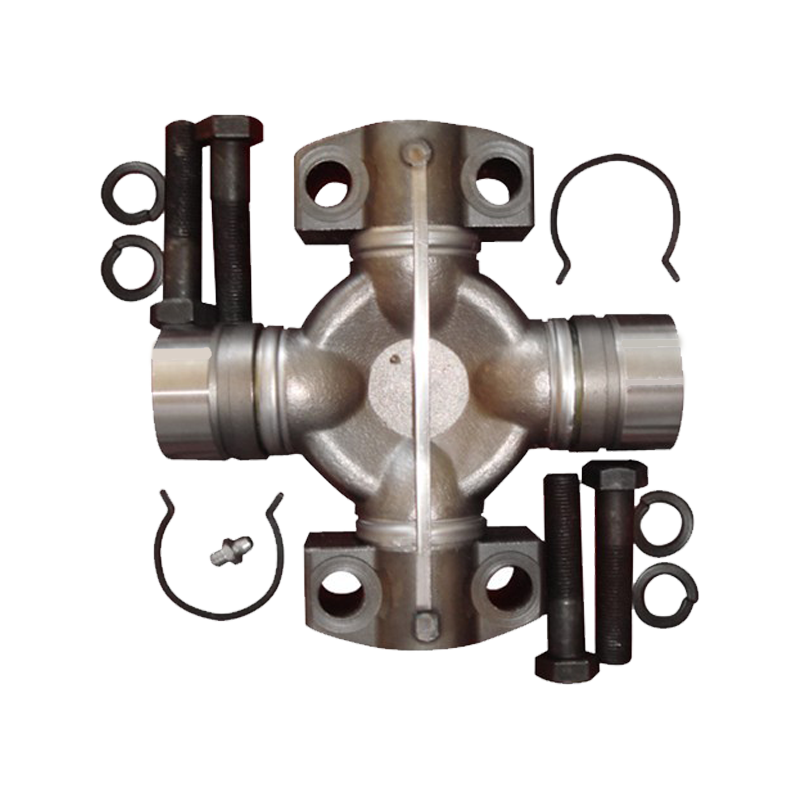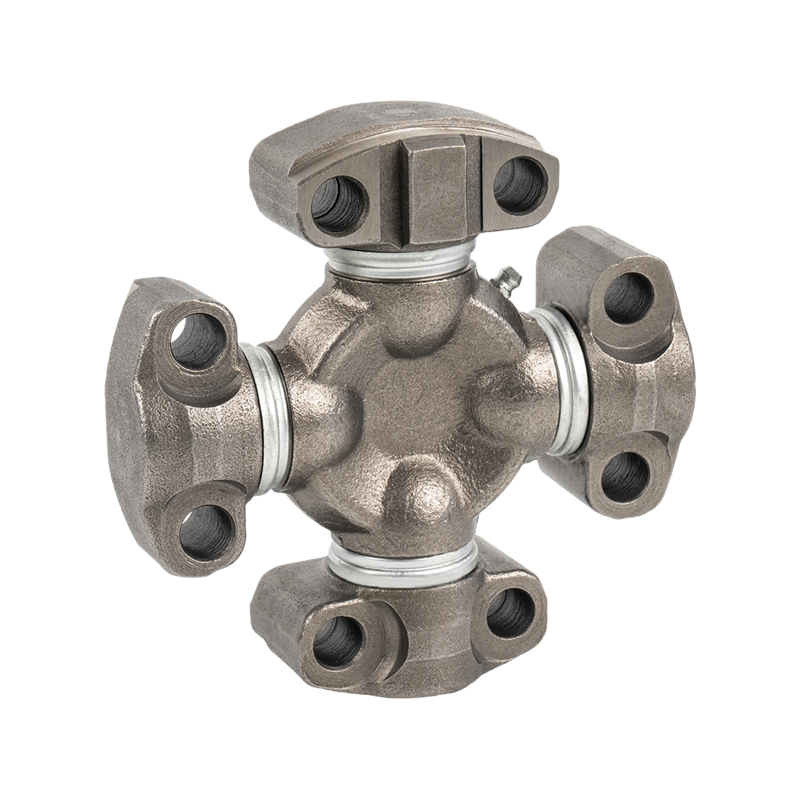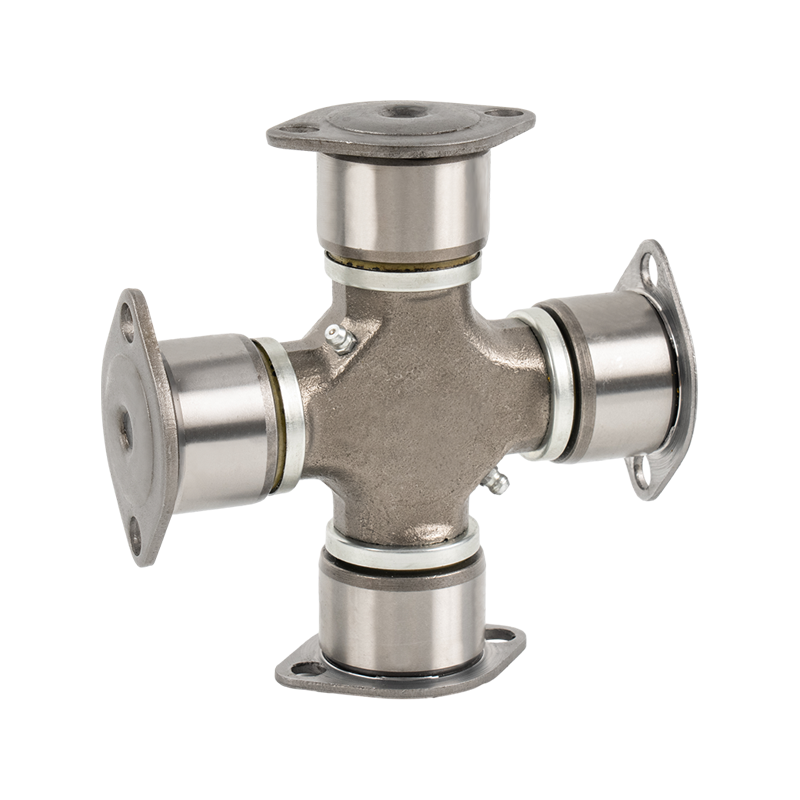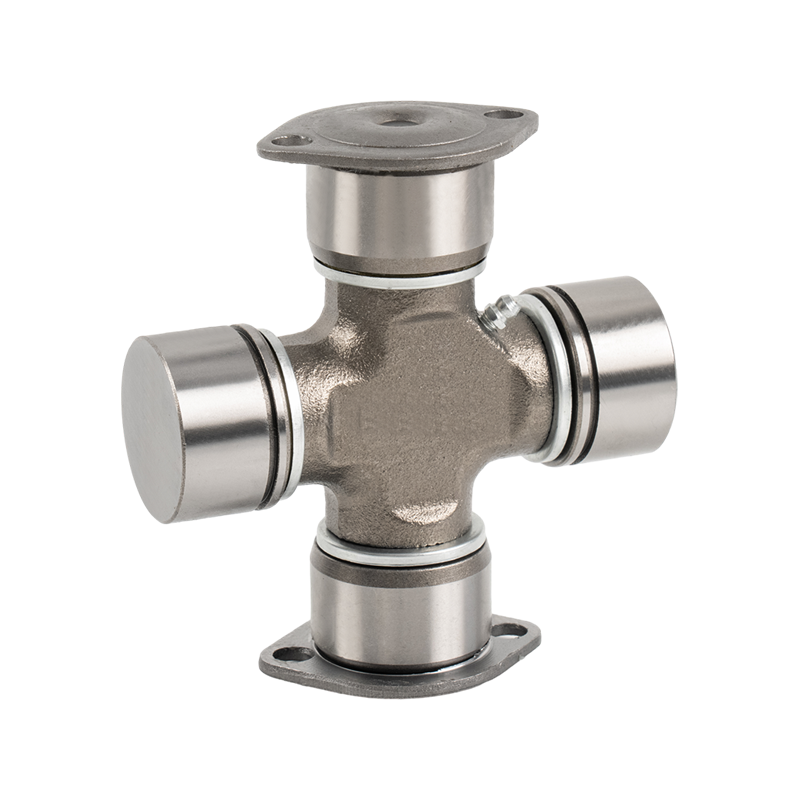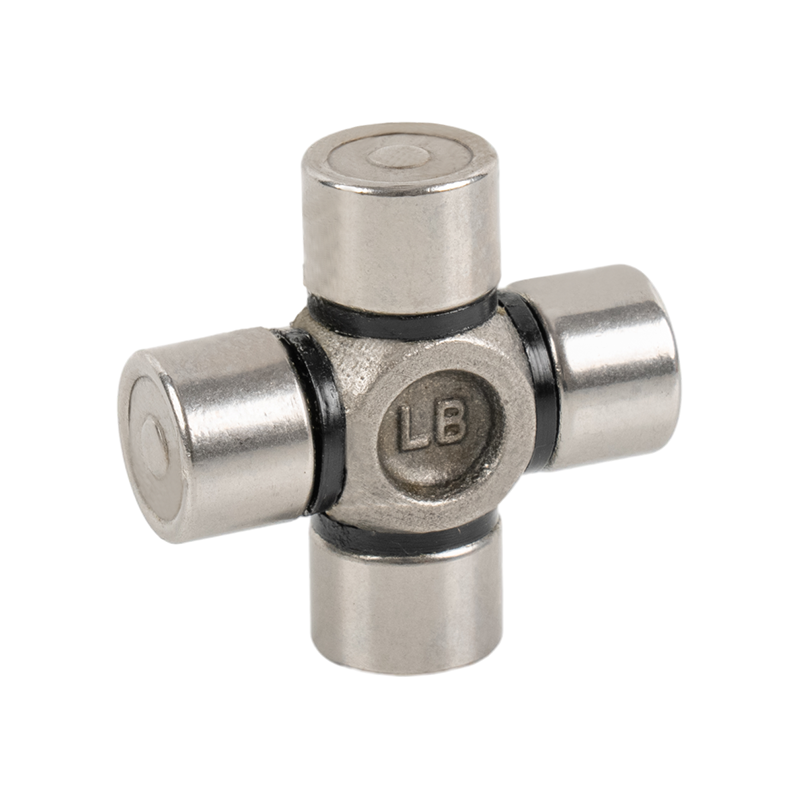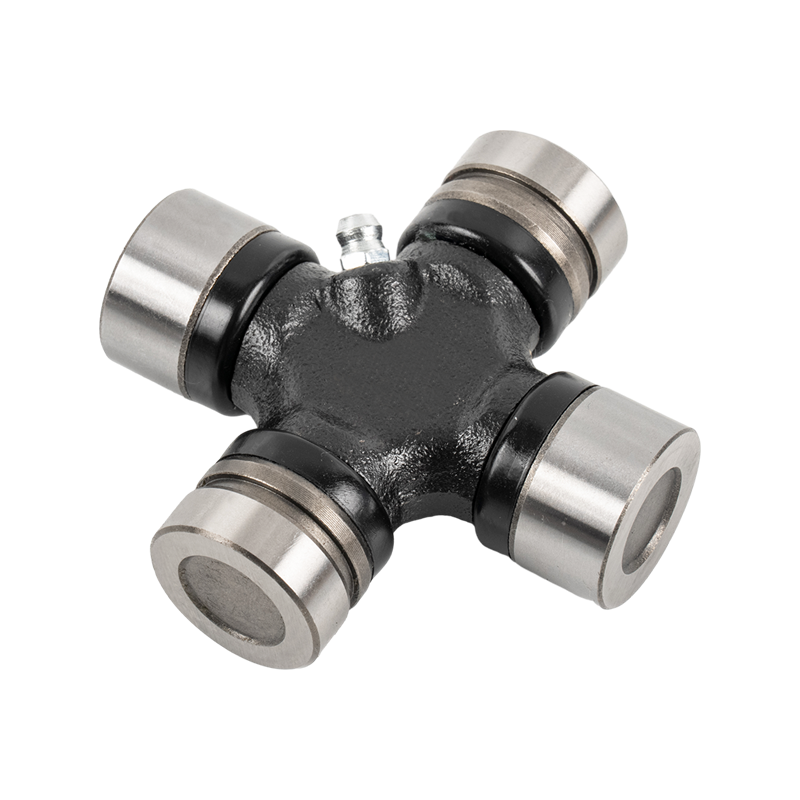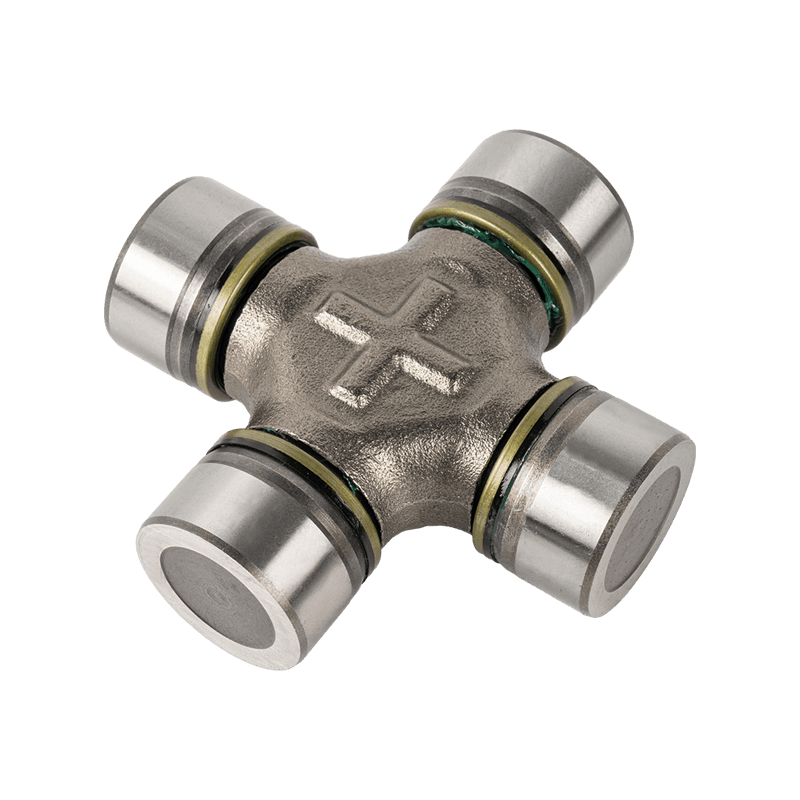How does temperature affect the performance of U-joints with 4 grooved bearings?
Temperature can significantly affect the performance of U-joints with 4 grooved bearings in several ways:
Lubricant Viscosity: The viscosity of lubricants is a critical factor in the performance of U-joints with 4 grooved bearings. Lubricants must maintain an optimal viscosity to effectively reduce friction and wear between the moving parts. At high temperatures, lubricants can lose viscosity and become too thin, which reduces their ability to create a sufficient lubricating film. This leads to increased metal-to-metal contact, resulting in higher friction, wear, and potential overheating. On the other hand, at low temperatures, lubricants can become too thick and resist flow, leading to inadequate lubrication. This can cause increased resistance to movement, elevated energy consumption, and potential for lubricant starvation, which can severely damage the bearing surfaces and reduce the overall lifespan of the U-joint.
Fatigue Strength: The fatigue strength of materials refers to their ability to withstand cyclic loading without developing cracks or other forms of damage. High temperatures can negatively impact the fatigue strength of the materials used in U-joints, making them more prone to fatigue failure. Elevated temperatures can reduce the yield strength and toughness of the materials, leading to the initiation and propagation of cracks under repeated loading. This is particularly critical for U-joints, which are often subjected to fluctuating loads during operation. A reduction in fatigue strength can significantly decrease the lifespan of the U-joint, making it essential to select materials that retain their mechanical properties under high-temperature conditions.
Bearing Performance: The grooved bearings in U-joints play a vital role in enabling smooth rotational motion and handling loads. The performance of these bearings is highly sensitive to temperature changes. High temperatures can cause the bearing materials to soften or degrade, leading to increased wear, reduced load-carrying capacity, and potential failure. Low temperatures can make bearing materials more brittle, increasing the risk of fractures or spalling. The lubrication within the bearings can be affected by temperature fluctuations, with high temperatures causing lubricant breakdown and low temperatures impeding lubricant flow. Ensuring that the bearings and lubricants are suitable for the expected temperature range is crucial for maintaining optimal performance and longevity.
Seal Integrity: Seals are critical components in U-joints, responsible for retaining lubricants and preventing contaminants from entering the bearing area. High temperatures can accelerate the aging and degradation of seal materials, causing them to harden, crack, or lose their elasticity. This degradation can lead to lubricant leakage and contamination ingress, both of which can severely compromise the lubrication of the bearings and increase wear. Ensuring seal integrity is essential to protect the U-joint from environmental contaminants and maintain adequate lubrication. High-temperature seals should be used in applications where the U-joint is exposed to elevated temperatures to ensure long-term reliability.
Coefficient of Friction: The coefficient of friction between the moving parts within a U-joint is a critical factor that influences wear and energy efficiency. Temperature changes can alter the coefficient of friction, impacting the performance of the U-joint. High temperatures may increase friction due to the breakdown of lubricants or changes in material properties. Increased friction leads to higher wear rates, greater energy consumption, and potentially higher operating temperatures, creating a feedback loop that exacerbates the issue. Conversely, low temperatures can reduce friction, which may be beneficial in some cases but can also lead to inadequate traction and control. Managing the coefficient of friction through appropriate material selection, surface treatments, and lubrication is essential for optimal U-joint performance.



 English
English 中文简体
中文简体